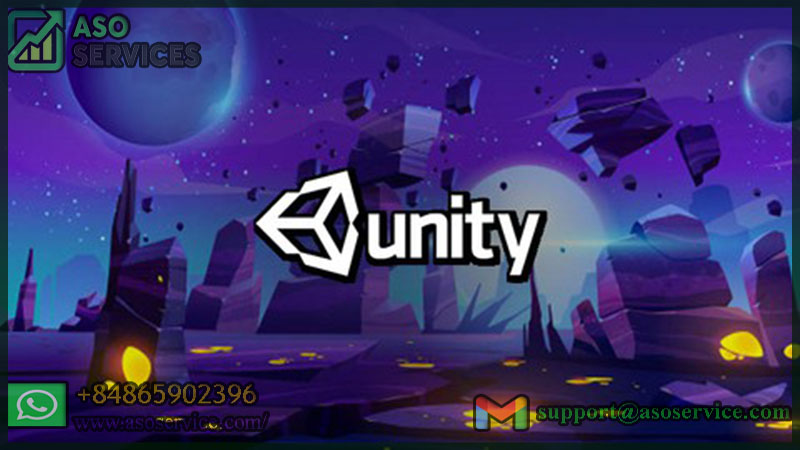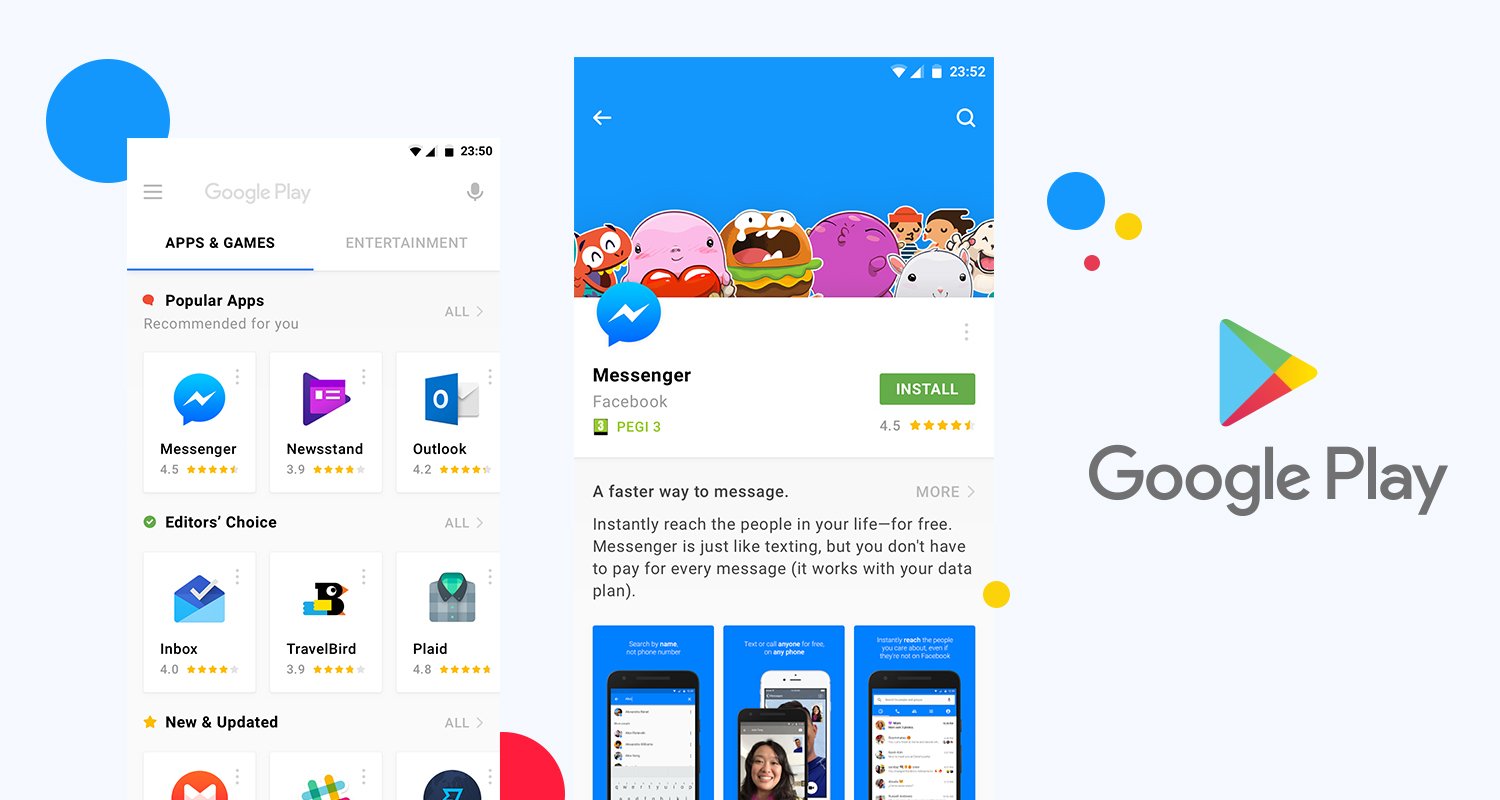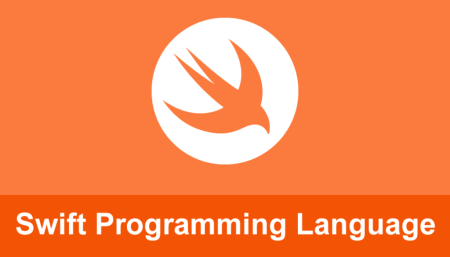Unity is a powerful and popular game development engine used by professionals and hobbyists alike to create captivating and immersive games for a variety of platforms, and this comprehensive guide aims to help you master the art of Unity development and build your own robust and dynamic games.
Related posts
Exploring Limitless Possibilities of Virtual Reality: A Comprehensive Guide
The Ultimate Guide to Mobile Game Genres: Exploring the Top Categories
1. Getting Started with Unity Development
Unity is a popular and powerful game development engine used by both professionals and hobbyists alike. If you're interested in getting started with Unity development; there are a few key steps you'll need to follow.
First, you'll need to install and set up Unity on your computer. This involves downloading and installing the software; as well as setting up your development environment according to your needs and preferences. Once you have Unity installed, you can begin learning the basics of the Unity interface and workspace. Unity has a unique interface and workspace that may take some time to get used to; but with practice, you'll soon become familiar with the main windows, panels, and tools.

Getting Started with Unity Development, Source: Asoservice.com
Next, you'll need to learn how to import and manipulate assets in Unity. Unity lets you import a wide range of 2D and 3D assets; such as images, models, animations, and sound effects, which you can then manipulate and use in your game. In Unity, you build your game by creating scenes; which are made up of game objects such as characters, obstacles, and items.
One of the most important aspects of Unity development is scripting and programming. Unity uses C# as its primary scripting language, so it's important to learn the basics of C# programming. You'll also need to understand Unity's scripting system; which allows you to create and control game objects and game mechanics. Or if you want to know more about fundamental concepts, you can refer by reading macOS app ratings.
Overall, getting started with Unity development can be a challenging but rewarding experience. By following these steps and practicing your skills, you can begin to create your own robust and dynamic games using Unity.
2. Scripting and Programming in Unity Development
Scripting and programming are essential skills for anyone interested in developing games using the Unity engine. Unity uses the C# programming language as its primary scripting language, so it's important to learn the basics of C# programming before diving into Unity development.
One of the key components of the Unity scripting system is the MonoBehaviour class, which is the base class for all Unity scripts. The MonoBehaviour class includes a number of methods that you can use to create and manipulate game objects, such as the Start() and Update() methods.
Debugging is an essential part of programming in Unity. Unity provides a range of debugging tools, including the Debug class; console window, and breakpoints, that you can use to identify and fix errors in your scripts. It's important to test your game regularly as you develop it to ensure that it works as intended.
Overall, scripting and programming are important skills for anyone interested in developing games using Unity. By following best practices for clean, efficient; and organized code and making use of Unity's built-in functions and APIs;you can create robust and dynamic games that are both engaging and fun to play.
3. Building Game Mechanics and Features
Building game mechanics and features are an important part of Unity development. Game mechanics are the rules and systems that govern how your game works, while features are the various elements that make up your game, such as characters, environments, and user interfaces.
One of the first steps in building game mechanics and features is to define your game concept and vision. This involves identifying the core gameplay mechanics that will make your game unique and enjoyable, as well as the features that will make your game engaging and fun to play. You should also consider factors such as player progression, difficulty levels, and rewards.
Once you have a clear game concept and vision; you can begin to implement your game mechanics and features in Unity. This involves creating game objects, scripting game mechanics; and designing levels and environments. You may also need to create user interfaces, animations, and sound effects to enhance the app installs.
4. Designing and Creating Game Levels by Unity Development
Designing and creating game levels is an important aspect of game development in Unity. Levels are the different stages or areas of your game that players progress through as they play. Here are some key steps to consider when designing and creating game levels:
Define the game mechanics and objectives: Before you start designing your levels, you should have a clear understanding of the game mechanics and objectives. This will help you create levels that are engaging and fun to play. For example, if your game involves platforming, you should create levels that challenge the player's platforming skills.
Plan out the level: Once you have a clear understanding of the game mechanics and objectives, you can start planning out your level. You should consider the layout, environment, obstacles, enemies, and any other elements that will make up the level. It's a good idea to sketch out your level on paper before you start building it in Unity.
Build the level in Unity: After you have a plan for your level, you can start building it in Unity. You can use Unity's level editor to create the environment, add game objects, and place obstacles and enemies. You should also script any game mechanics that are unique to the level.
Playtest and iterate: Once you have built your level, it's important to playtest it to make sure it's challenging but not frustrating. You may need to iterate on the level design to make it more engaging or balanced.
Designing and creating game levels in Unity can be a challenging but rewarding experience. By following these steps and iterating on your designs, you can create levels that are both engaging and fun to play.
5. Optimizing Performance and User Experience
Optimizing performance and user experience is an important part of game development in Unity. A game that runs smoothly and provides an enjoyable experience is more likely to be successful. Here are some key steps to consider when optimizing performance and user experience:
Set performance goals: Before you start optimize ASO for it, you should set performance goals for your game. This could include a target frame rate, memory usage, or load times. By setting clear goals, you can focus your optimization efforts on the areas that will have the most impact.
Use efficient coding practices: Writing efficient code is key to optimizing performance. This includes avoiding unnecessary computations, using object pooling, and minimizing the use of expensive operations like physics calculations. It's also important to make use of Unity's built-in optimization tools, such as the profiler and memory analyzer.
Optimize graphics and animations: Graphics and animations can have a big impact on performance. You can optimize graphics by reducing the number of polygons in models, using texture atlases, and implementing occlusion culling. You can optimize animations by reducing the number of bones in rigs and using keyframe reduction.
By following these steps and regularly testing and iterating on your designs, you can optimize performance and user experience in your Unity game. This can lead to a more successful game that provides an enjoyable and immersive experience for players.
6. Deploying and Publishing Unity Games
Deploying and publishing Unity games is the final step in the game development process. Once you have completed development, optimized performance, and tested your game, you can release it to the public. Here are some key steps to consider when deploying and publishing Unity games:
Choose a deployment platform: Unity games can be deployed to a variety of platforms, including desktop, mobile, and console. You should choose a platform that is appropriate for your game and audience.
Build and package your game: Once you have chosen a deployment platform; you can build and package your game for that platform. Unity provides built-in tools for building and packaging games; and you can customize the build settings to optimize performance and reduce file size.
Test your game on the target platform: It's important to test your game on the target platform to ensure that it runs smoothly; and provides a good user experience. You should test on a variety of devices to identify any platform-specific issues.
Submit your game to the app store or marketplace: Once you have tested your game, you can submit it to the app store or marketplace for distribution. This typically involves creating a developer account; providing information about your game, and uploading the game files.
Promote your game: Once your game is available on the app store or marketplace, you should promote it to your target audience. This can include creating a website, social media accounts, and marketing materials. You can also engage with your audience through forums, blogs, and other channels.
By following these steps and staying up-to-date with best practices for deploying and publishing Unity games, you can successfully release your game to the public. With proper planning and execution, your game can reach a wide audience and provide an enjoyable experience for players.
Conclusion
Mastering Unity development requires a combination of technical skills, creativity, and attention to detail. By following the steps outlined in this comprehensive guide, developers can create robust and dynamic games that provide a great user experience and are successful in the market. With continued learning and practice, developers can become experts in Unity development and continue to push the boundaries of game design and innovation.
Related posts
How to increase app reviews and app ratings for Android or iOS apps free
How to push Top app keyword ranking for Android & iOS apps and games
Thanks so much for reading this article.
Source: https://asoservice.com/













Leave a Reply
Your e-mail address will not be published. Required fields are marked *